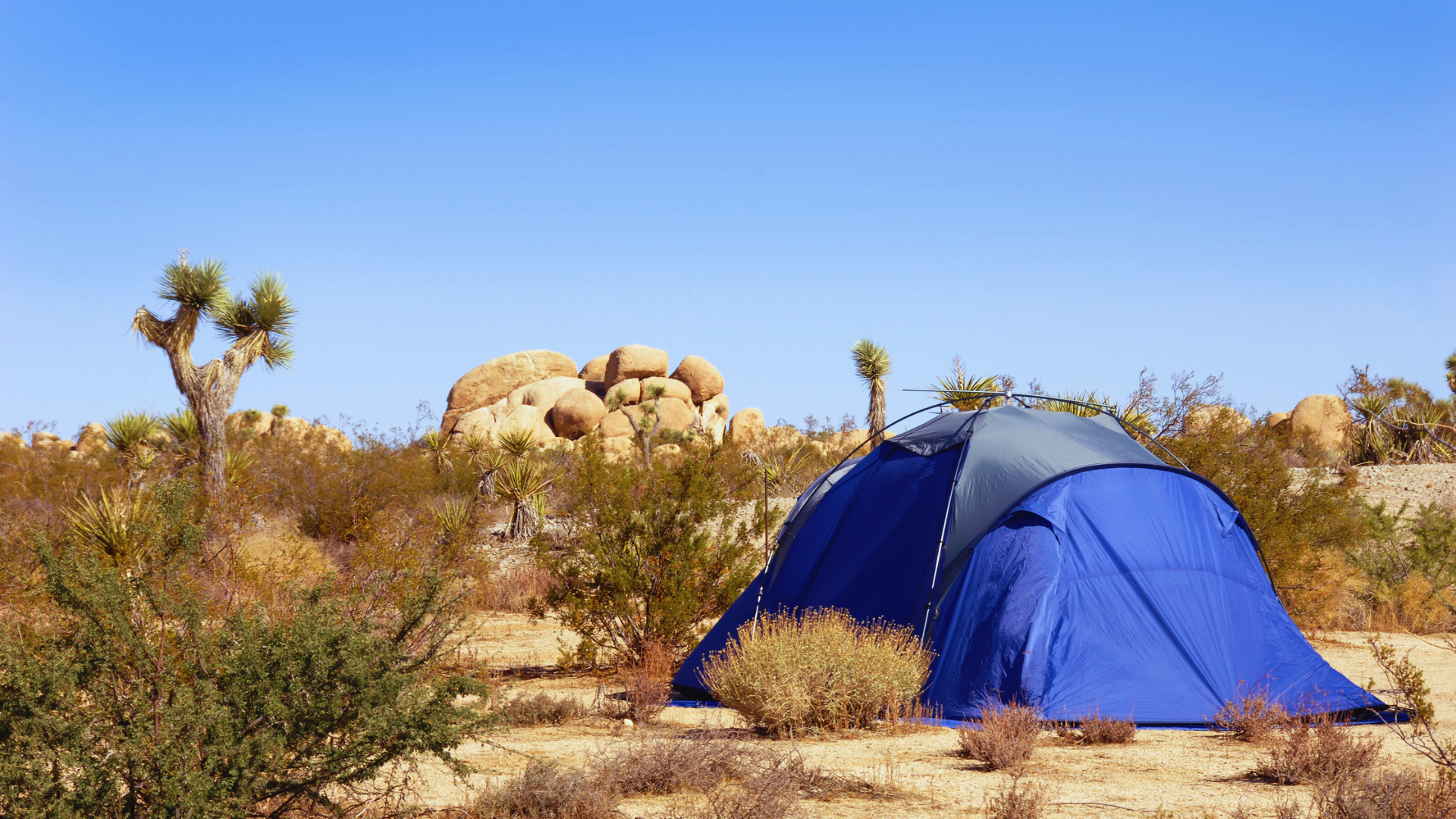For those considering a camping trip in the Mojave Desert, several vital factors can enhance the experience. Understanding the unique landscape and climate of the Mojave is crucial for a successful adventure. Nestled between Southern California, Nevada, Utah, and Arizona, the desert offers stunning vistas and rich biodiversity, but it also demands respect and preparation.
The extreme temperatures can pose challenges, swinging from hot days to chilly nights. Campers should prioritize proper gear, hydration, and knowledge of local wildlife to ensure safety. Familiarity with the terrain can lead to fruitful exploration, whether one is seeking solitude in vast landscapes or wanting to experience the region’s diverse ecosystems.
Lastly, timing plays a significant role in planning a camping excursion. The best months for outdoor activities tend to be spring and fall, when temperatures are more forgiving. Being aware of potential desert conditions can help in crafting an enjoyable and memorable outdoor experience in this remarkable environment.
Essential Preparation for Camping in the Mojave Desert
Preparation is crucial for a successful camping experience in the Mojave Desert. Factors like weather, essential gear, and responsible practices must be considered to ensure safety and enjoyment during the trip.
Weather Patterns and Seasonal Planning
Mojave Desert weather can be extreme. Temperatures can soar above 100°F in summer, while winter nights may drop below freezing. Spring and fall offer milder conditions, making these seasons ideal for camping.
It’s important to check forecasts before heading out. Sudden storms can occur, particularly in late summer. Campers should prepare for rapid temperature changes by layering clothing and having appropriate gear.
Packing and Safety Essentials
Proper packing ensures safety and comfort. A comprehensive checklist should include:
- Potable Water: At least one gallon per person per day.
- First Aid Kit: Tailored to the needs of the group.
- Binoculars: For wildlife observation.
- Hydration Supplies: Water bottles and filtration systems.
Familiarity with one’s camp area will assist in navigating and finding durable surfaces for setting up tents. Properly utilized fire rings contribute to safety and help limit environmental impact.
Responsible Camping Practices
Adopting responsible camping practices is essential. Campers should follow Leave No Trace principles to minimize impact. This includes camping on durable surfaces to prevent erosion and using existing fire rings to avoid damaging vegetation.
Proper waste disposal is critical. Campers must pack out all trash and leftover food. Respect for wildlife and other visitors ensures a positive experience for everyone. Adhering to these practices allows for the preservation of the desert ecosystem.
Choosing the Right Campsite and Camping Options
Selecting a campsite in the Mojave Desert requires consideration of various factors, including the type of camping experience desired, accessibility, and amenities. Different options are available, from established campgrounds to backcountry sites, suited to various preferences and skill levels.
Established Campgrounds in the Mojave Desert
The Mojave Desert features several established campgrounds. Popular options include:
- Hole-in-the-Wall Campground: Offers unique rock formations and overlooks, ideal for photography and hiking.
- Mid Hills Campground: Located at higher elevations, providing cooler temperatures and opportunities for wildflower viewing in spring.
- Ryan Campground: Close to historical sites, perfect for those interested in the region’s mining history.
Amenities typically include restrooms, picnic tables, and fire pits. Reservations may be advisable during peak seasons to secure a spot.
Backcountry and Dispersed Camping
For those seeking solitude, backcountry and dispersed camping are excellent alternatives. There are undeveloped campsites that allow for a more intimate experience with nature.
- Twin Tanks Backcountry Campsites: These offer remote camping with few amenities, emphasizing self-sufficiency.
- Dispersed Roadside Camping: Allows flexibility in choosing a site. Campers should adhere to Leave No Trace principles.
Backcountry camping demands proper preparation, including water and food supplies. This option appeals to seasoned campers seeking a rustic experience.
Nearby Parks and Campgrounds to Consider
Travelers may also explore campgrounds in nearby parks. Recommended locations include:
- Joshua Tree National Park: Home to various campgrounds like Hidden Valley and Indian Cove, offering stunning rock formations.
- Death Valley National Park: Features options such as Stovepipe Wells and Furnace Creek, known for their unique desert landscapes.
Additionally, Mojave Trails National Monument and Red Rock Canyon National Conservation Area offer scenic backdrops and diverse ecosystems for camping enthusiasts. Each park has its own regulations, so it’s prudent to review these before planning a trip.
Accessibility and Visitor Information
Accessibility varies significantly across campgrounds in the Mojave Desert. Many established sites have facilities designed for visitors with disabilities, such as accessible restrooms and parking.
Visitor centers, like those in Joshua Tree and Mojave National Preserve, provide crucial information. They offer maps, programs, and detailed advice about conditions and regulations. Utilizing available resources enhances the camping experience by ensuring safety and enjoyment in this stunning desert landscape.
Experiencing the Mojave Desert While Camping
Camping in the Mojave Desert offers unique opportunities to engage with its diverse ecosystems, stunning landscapes, and recreational activities. From observing local wildlife to hiking striking trails, this destination provides a rich experience for outdoor enthusiasts.
Flora, Fauna, and Desert Ecosystems
The Mojave Desert boasts an array of native plant species, including the iconic Joshua tree, which thrives in this arid environment. Additional flora, such as creosote bush and various cacti, define the landscape. Fauna includes desert tortoises, bighorn sheep, and numerous bird species, making wildlife watching an engaging activity.
Understanding the desert ecosystem is crucial for enjoying the area responsibly. Each species plays a role in maintaining the balance of life here. Exploring these ecosystems can reveal hidden gems, with unique plants and animals adapted to harsh conditions.
Popular Sights and Unique Landmarks
Several remarkable landmarks punctuate the Mojave Desert. Kelso Dunes, a stunning natural sand formation, offers breathtaking views and unique opportunities for exploration. The Kelso Depot provides insight into the region’s history and serves as a hub for information.
Granite Pass features striking rock formations and offers hiking trails that appeal to various skill levels. These sites not only showcase the desert’s beauty but also invite adventurers to explore their unique geologies and histories.
Outdoor Activities and Recreation
The Mojave Desert is a haven for outdoor recreation. Hiking trails range from easy strolls to challenging treks, allowing visitors to experience the terrain in multiple ways. Wildlife viewing opportunities abound, especially for those patient enough to spot elusive animals.
Stargazing is another highlight, as the area enjoys low light pollution, revealing a breathtaking night sky rich with stars. This tranquil environment is perfect for those seeking adventure or simply a peaceful retreat in nature. The diverse activities cater to a wide range of interests and skill levels, making it an appealing destination for all.



